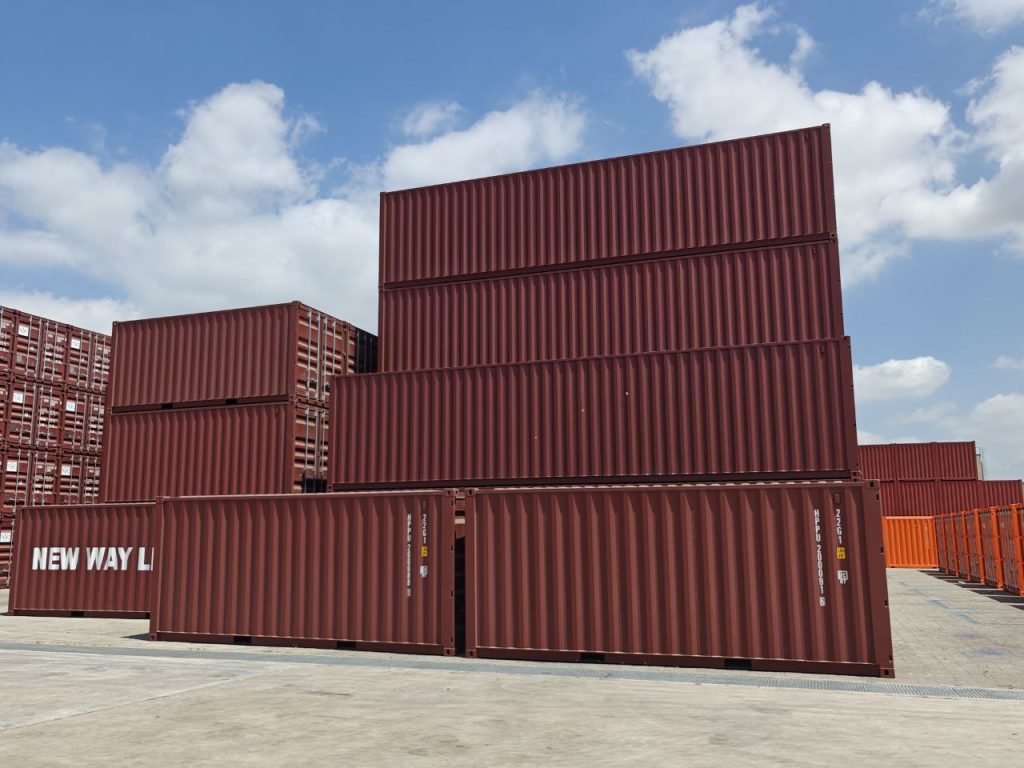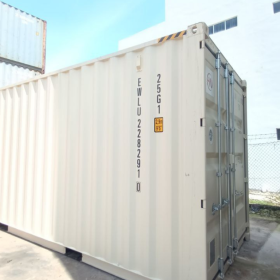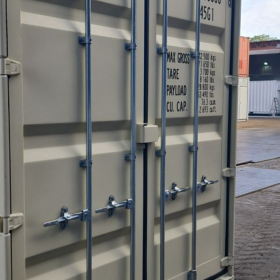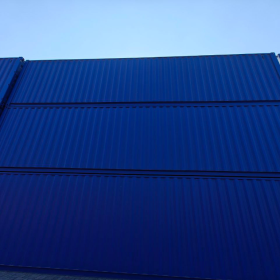Sustainable Solutions: Why Shipping Containers Are the Future of Eco-Friendly Construction
In recent years, the construction industry has increasingly focused on sustainable and eco-friendly practices to combat environmental challenges. Among the innovative solutions gaining momentum is the use of shipping containers as a building material. Once considered mere vessels for transporting goods, shipping containers are now being repurposed into sustainable, efficient, and cost-effective construction solutions. This blog explores why shipping containers are becoming a leading choice in eco-friendly construction.
The Environmental Benefits of Shipping Container Construction
- Recycling and Reuse
Shipping containers are designed for durability and strength, making them ideal candidates for repurposing. By converting these containers into homes, offices, and other structures, we effectively recycle materials that would otherwise contribute to landfill waste. This reuse of existing resources not only reduces the demand for new building materials but also minimizes the environmental impact associated with their production.
- Reducing the Carbon Footprint
Constructing buildings from shipping containers significantly lowers the carbon footprint compared to traditional construction methods. The process requires less energy and produces fewer emissions, as the containers are already manufactured and have a minimal need for additional processing. By repurposing containers, we reduce the overall environmental impact of the construction process.
- Efficient Use of Resources
Shipping containers are designed to withstand harsh conditions at sea, which makes them highly durable and weather-resistant. This robustness translates into less need for ongoing maintenance and repairs, ultimately reducing the consumption of resources over the building’s lifecycle. Additionally, container construction often requires fewer resources for insulation and finishing, further enhancing its eco-friendliness.
The Cost-Effectiveness of Shipping Container Construction
- Lower Initial Costs
One of the most appealing aspects of shipping container construction is its cost-effectiveness. Shipping containers are relatively inexpensive compared to traditional building materials. Their availability and standardization also help keep costs down, making them an attractive option for budget-conscious projects.
- Reduced Construction Time
Container construction typically involves faster build times due to the pre-fabricated nature of the containers. This reduced construction time not only translates into cost savings but also lessens the overall environmental impact of the building process. Faster construction means less disruption to the surrounding environment and communities.
- Versatility and Adaptability
Shipping containers offer incredible versatility. They can be stacked, arranged, and combined in various configurations to suit different needs and design preferences. This adaptability allows for creative architectural solutions that can be tailored to specific environmental and functional requirements, further enhancing their appeal as a sustainable building option.
Case Studies and Innovations
Several innovative projects around the world highlight the potential of shipping container construction. For instance, the “Container City” in London demonstrates how containers can be used to create vibrant, functional urban spaces. Similarly, in the United States, projects like “The Shipping Container House” showcase the versatility of containers in creating stylish and sustainable residential spaces.
Moreover, advancements in container modification technologies continue to push the boundaries of what’s possible with this construction method. Innovations such as advanced insulation techniques, green roofs, and solar panel installations further enhance the sustainability of container-based buildings.
Challenges and Considerations
While shipping containers offer numerous benefits, there are challenges to consider. Ensuring proper insulation and ventilation can be a concern due to the container’s steel structure. Additionally, local building codes and regulations may pose obstacles, as they may not always accommodate container-based construction methods.
However, ongoing research and development, coupled with increasing acceptance of alternative building practices, are addressing these challenges. As more successful container-based projects emerge, the industry is likely to see greater standardization and integration of these innovative solutions.
Conclusion
Shipping containers are proving to be a groundbreaking solution in the quest for sustainable construction. Their ability to recycle materials, reduce carbon footprints, and offer cost-effective and versatile building options makes them a compelling choice for eco-conscious developers and builders. As technology and practices continue to evolve, shipping containers are poised to play an increasingly significant role in shaping the future of eco-friendly construction. Embracing this innovative approach not only supports environmental sustainability but also paves the way for more creative and efficient building solutions.






